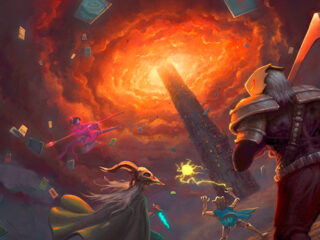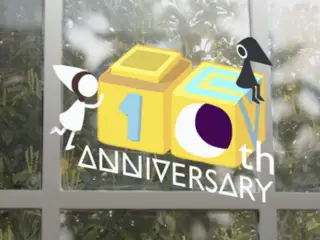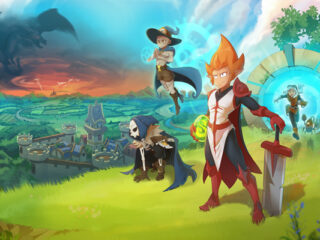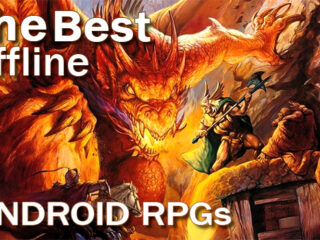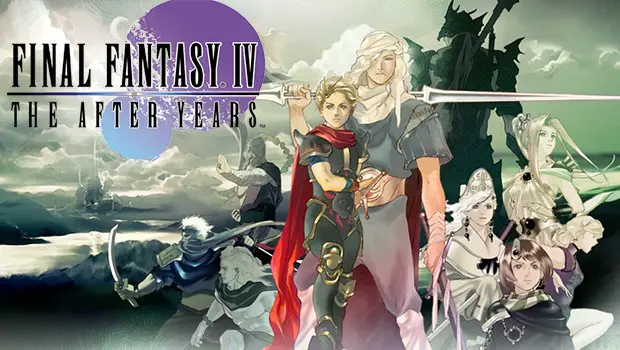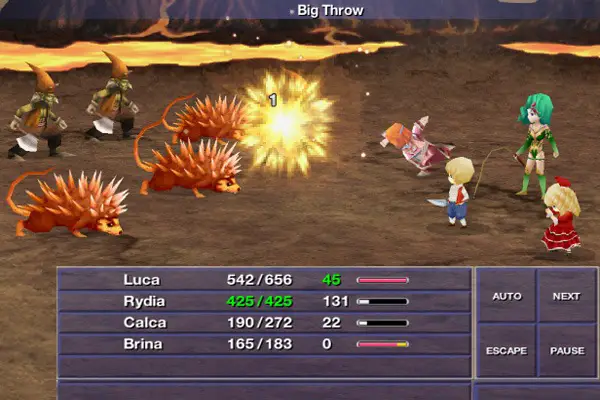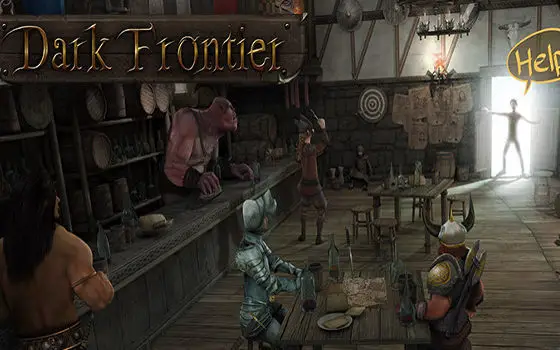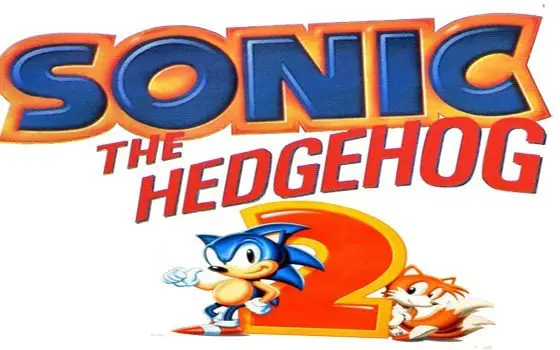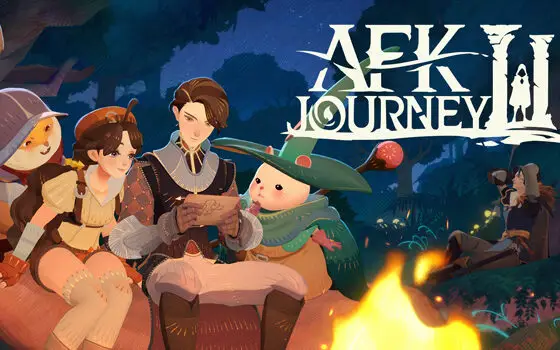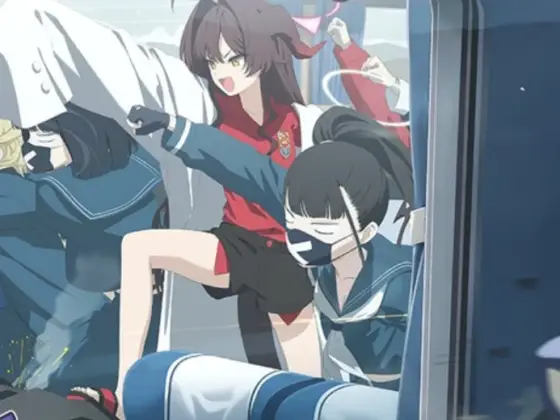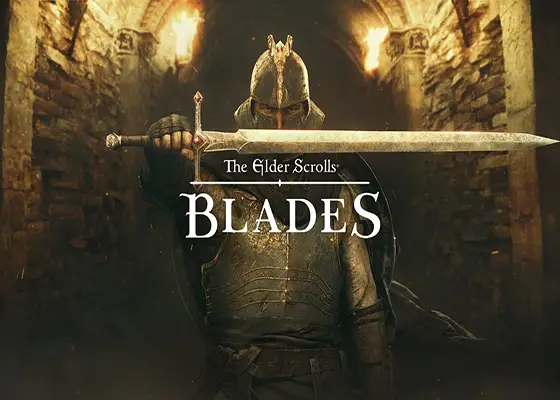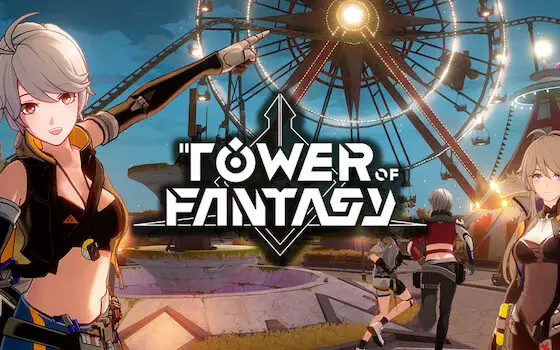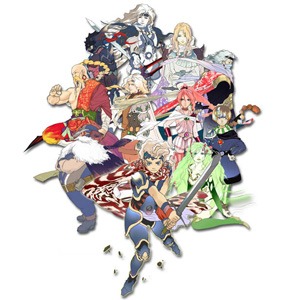 Square is nearly done porting all of the 8 and 16-bit Final Fantasies to mobile, with only FF6 remaining absent. It comes as a surprise, then, to see their lavish new treatment of Final Fantasy IV: The After Years. Like Final Fantasy Dimensions, this is a remake of an earlier retro-styled episodic release originally released for dumbphones. Unlike that release, however, this is a fully 3D remake done in the style of the recent Final Fantasy III and IV releases, rather than a simplistic 2D affair.
Square is nearly done porting all of the 8 and 16-bit Final Fantasies to mobile, with only FF6 remaining absent. It comes as a surprise, then, to see their lavish new treatment of Final Fantasy IV: The After Years. Like Final Fantasy Dimensions, this is a remake of an earlier retro-styled episodic release originally released for dumbphones. Unlike that release, however, this is a fully 3D remake done in the style of the recent Final Fantasy III and IV releases, rather than a simplistic 2D affair.
At first, it seems peculiar that an episodic spinoff like After Years would get the full 3D treatment, while proper installments like FF5 and 6 get only 2D hi-res remakes, the reasons soon become apparent. After Years borrows not only the engine used by Final Fantasy IV, but a great deal of the graphics as well. This means that, although it looks well beyond the level of the 2D games, its Nintendo DS legacy still shows, with blocky models and unfiltered textures, although the latter do seem much nicer than their DS counterparts. There are cut scenes with scripted camera angles and animations, but there’s no voice acting this time, in any language; a step down from FF4.
The new adventure picks up about twenty years after the end of FF4. Cecil and Rosa continue to reign over the kingdom, and their teenage son Ceodore is on his way to knighthood. A second moon appears and monsters attack the castle, setting in motion a series of eerily familiar events.
Ceodore’s tale is the first and most substantial part of the game, but this is a far more episodic affair than anything else in the series. While Dimensions was divided into chapters, and jumped viewpoints at times, it remained a fairly linear and cohesive whole. The After Years, on the other hand, jumps around constantly. You have the ability to play some episodes out of order, and although they form an overall plot, they cover totally different perspectives.
There’s not much getting around this, and it deflates the epic feel of the game somewhat. FF4 already suffered somewhat for the way it was constantly swapping characters in and out, but The After Years doubles down on that philosophy, constantly forcing you to level up characters that you’ll only get to use for a couple hours.
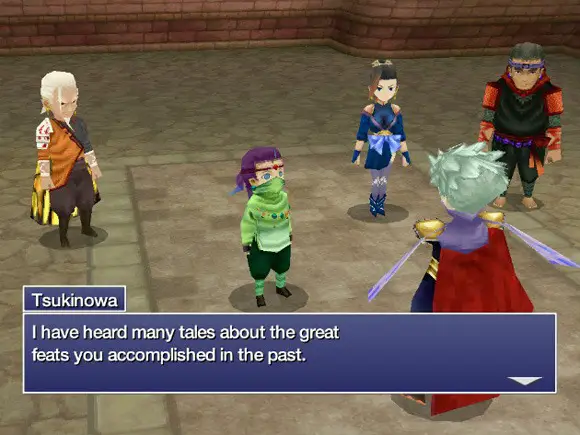
Although it doesn’t necessarily require intimate knowledge of FF4 to play, this is clearly a game aimed squarely at fans. It’s great to see favorite old characters return, but the new cast often doesn’t quite hold up, and even the old cast might be leaning a bit on their past accomplishments and character development. This is not quite the epic that its predecessor was.
Despite living in FF4’s shadow, there are at least some improvements to be seen. Texture resolution seems somewhat improved, especially for new areas, and the auto-battle function – so important for relieving the pain of grinding – has been made smarter. Not only does it speed up battle, but it now simply repeats the last action of each character, rather than blindly attacking, allowing for mages to use magic and healers to heal. There’s also a new lunar phase system that boosts certain skills and diminishes others, forcing players to adjust their battle strategies.
For anyone who fondly remembers FF4, and who has recently played the remake, The After Years makes a very nice addendum. It’s less clear, however, whether this is a game that can truly stand on its own merits. Neither its characters nor its story are as strong as its predecessor, and it doesn’t have as epic a feel thanks in large part to the fractured episodic structure. As a work of fan services, it’s certainly a success, but it isn’t quite the must-play that its brethren are.
!
Hardcore?
Yes.
Although the 3D remake is nice, the fractured episodic nature of the game and over-reliance on the plot of its predecessor make this more fan-service than worthy sequel.




